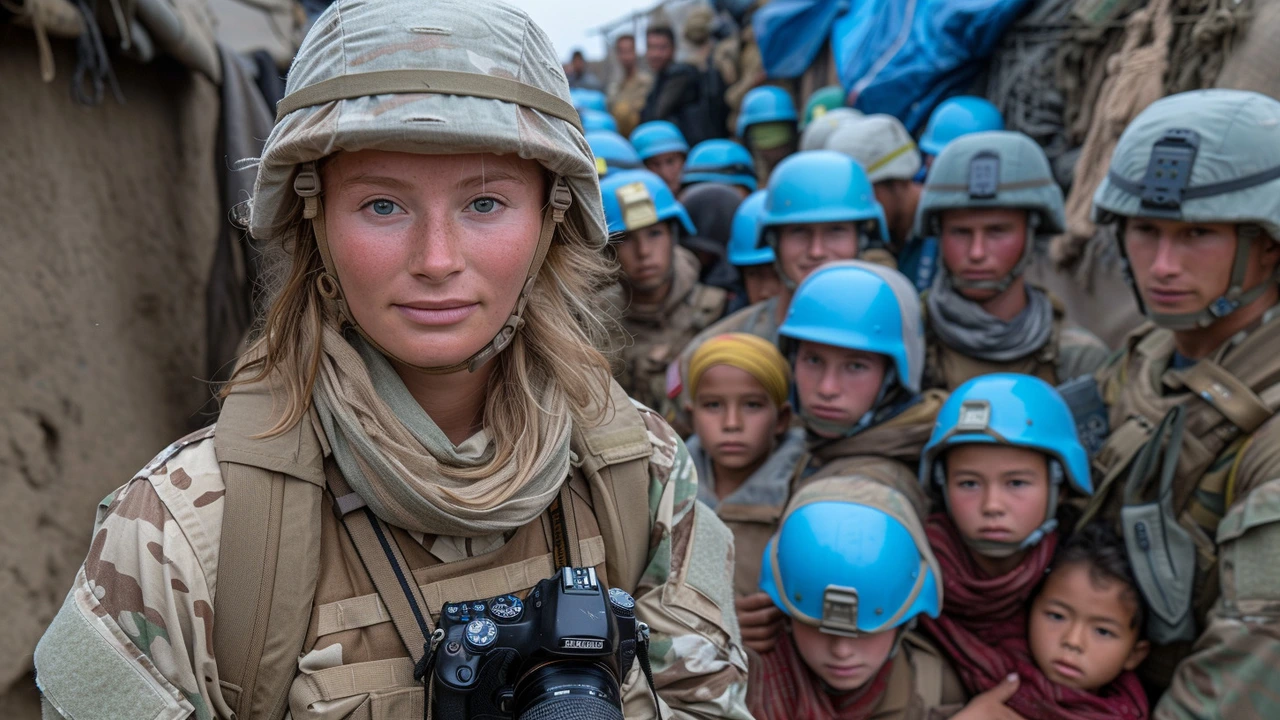When a conflict ends, people don’t just need ceasefires — they need schools, courts, electricity and trust. Nation-building is the messy, long work of rebuilding a country so it can stand on its own. Peacekeeping often starts with security, but lasting recovery needs more than soldiers in blue helmets.
Think of nation-building as five linked tasks: restore security, rebuild institutions, jump-start the economy, heal social divides, and set up a fair rule of law. Peacekeepers usually help with the first two, but successful missions bring in development agencies, local leaders, and civil society to handle the rest.
Peacekeepers create safe space for civilians and aid to move. That can mean patrolling roadways, protecting camps for displaced people, or monitoring ceasefires. They also advise police, help restart courts, and support voter registration. Those actions look technical, but they matter: without basic security and official institutions, businesses won’t invest, teachers won’t return, and tensions fester.
Another key role is capacity building. International teams train local police, help draft laws, and support public finance systems. The goal is simple: transfer skills so locals can run services without outside help. Too often projects fail because they don’t match local needs or because they end when short-term funding runs out.
Nation-building runs into predictable hurdles. First, local ownership: if communities aren’t involved, programs look foreign and get resisted. Second, timing: security must improve before big infrastructure projects, but waiting too long stalls recovery. Third, corruption and weak institutions can swallow aid money fast. Fourth, donor fatigue—missions need years, not months. Watch news for signs like repeated election delays, rising militia attacks, or frequent leadership changes; those are red flags that nation-building is struggling.
Success usually means steady, visible improvements: functioning schools, regular court sessions, local police accepted by communities, and businesses reopening. Those changes take patience and simple coordination: align military security, political talks, and basic services so each step reinforces the next.
How readers can stay informed or help: read mission reports for concrete metrics (number of trainings, schools reopened, crime rates). Support organizations that train local officials or provide legal aid. Ask questions when you see headlines — who is funding a project, are locals in charge, and what happens when international support ends?
Nation-building isn’t glamorous, but it’s where peace either takes root or fails. Peacekeeping opens the door by protecting people and institutions. Filling the room with functioning services, honest governance, and economic opportunity is a long haul—and worth following closely.

As a dedicated blogger in international relationships, I find the whole concept of peacekeeping in nation-building crucial. This post explores the critical role of peacekeeping forces and their impacts on the reconstruction and stability of nations after conflicts. We'll delve into real-life case studies and hear from the experts in the field. It's a complex, yet fascinating topic, and I'm thrilled to take you on this journey of discovery with me.
